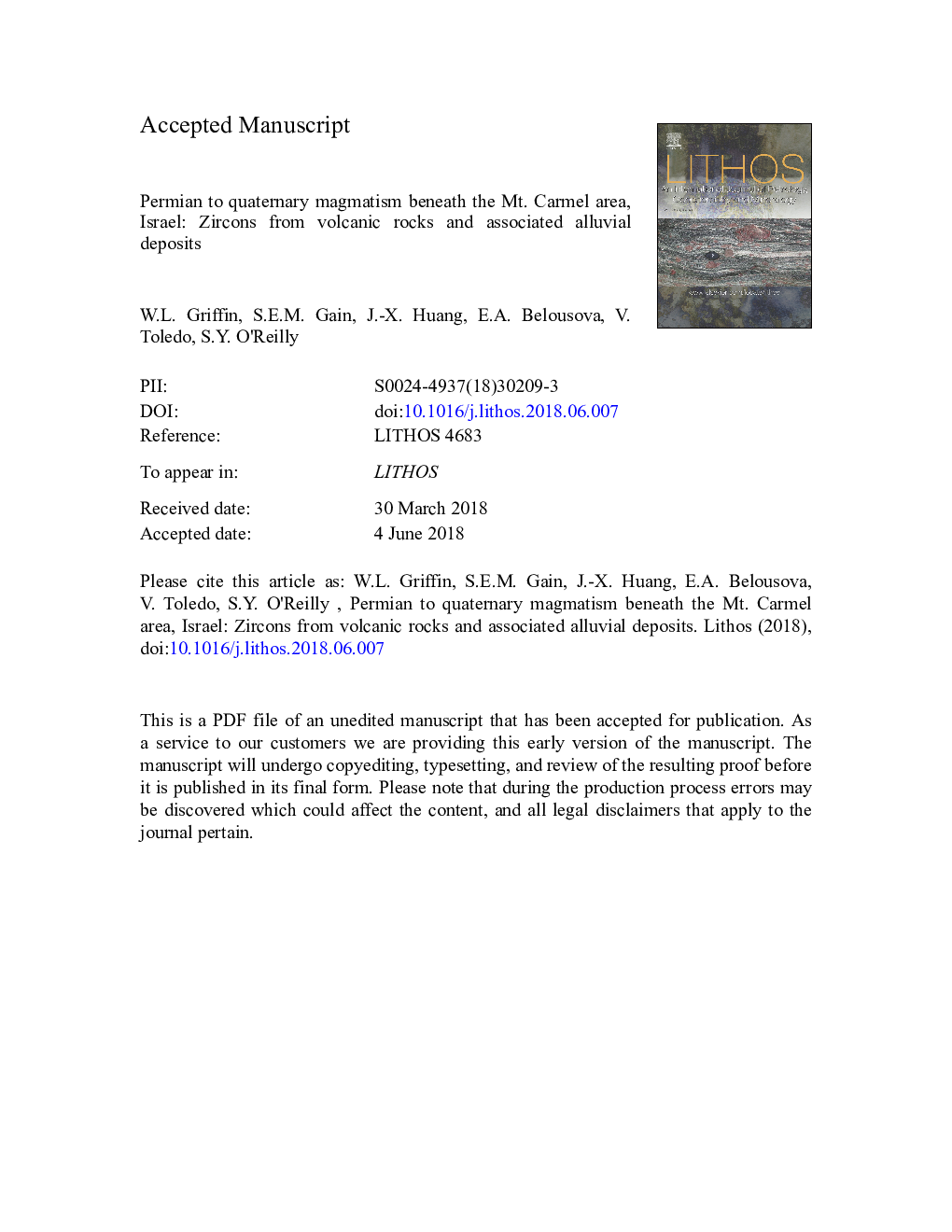| Article ID | Journal | Published Year | Pages | File Type |
|---|---|---|---|---|
| 8911553 | Lithos | 2018 | 48 Pages |
Abstract
The zircon data support a published model that locates a fossil Neoproterozoic plume head beneath much of the Arabia-Levant region, which has been intermittently melted to generate the volcanic rocks of the region. The Cretaceous magmas carry mantle xenoliths derived from depths up to 90â¯km, providing a minimum depth for the possible plume head. Post-Cretaceous magmatism, as recorded in detrital zircons, shows distinct peaks at 30â¯Ma, 13â¯Ma, 11.4â¯Â±â¯0.1â¯Ma (a major peak; nâ¯=â¯15), 9-10â¯Ma and 4â¯Ma, representing the Lower and Cover Basalts in the area. Some of these younger magmas tapped the same mantle source as the Permian-Jurassic magmatism, but many young zircons have Hf-isotope compositions extending up to DM values, suggesting derivation of magmas from deeper, more juvenile sources.
Related Topics
Physical Sciences and Engineering
Earth and Planetary Sciences
Geochemistry and Petrology
Authors
W.L. Griffin, S.E.M. Gain, J.-X. Huang, E.A. Belousova, V. Toledo, S.Y. O'Reilly,
